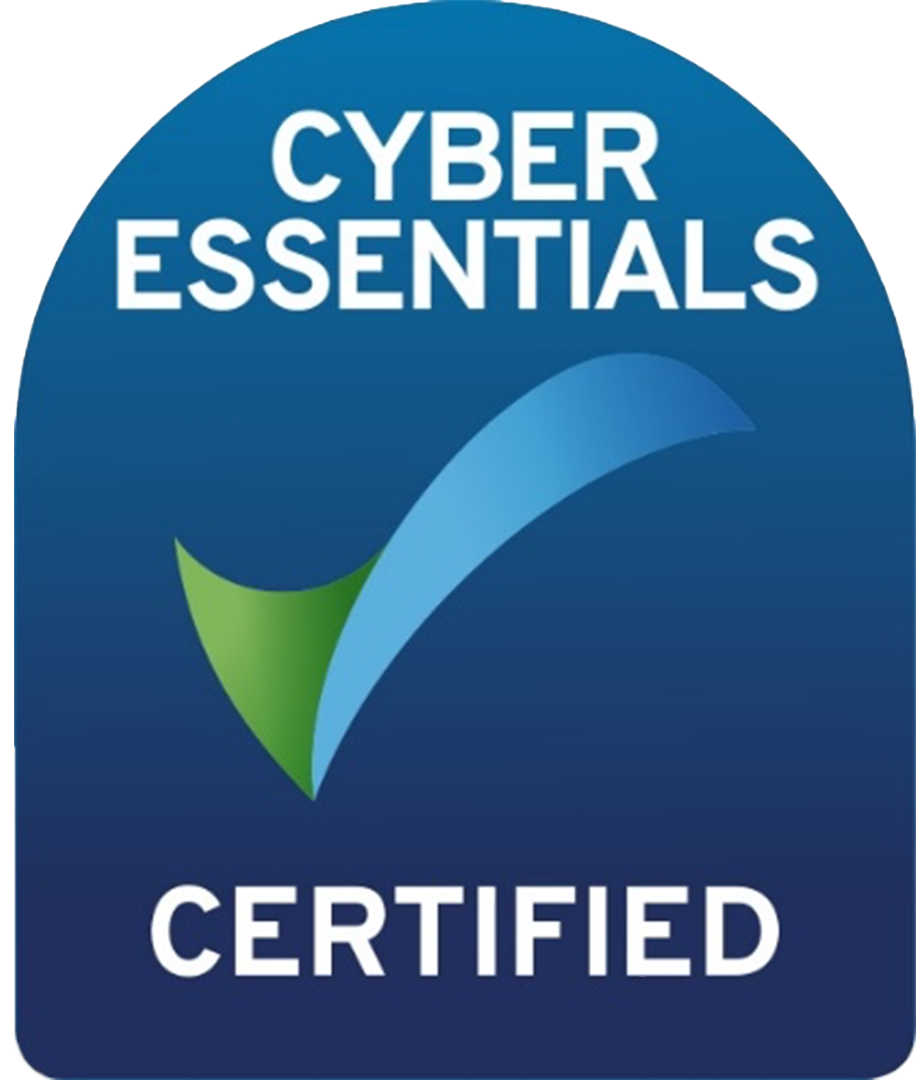Career Directions: Where are you heading?
Karen Thompson • June 24, 2018
Whilst driving the other day Shaun, in his lilting Irish tones said to me, “in two hundred metres, turn left”. Shaun wasn’t my passenger but the electronic voice on my GPS navigator (don’t you just love all the modern gadgets!). Anyway, it got me thinking about directions of another kind – career directions.
Over the years I have spoken to many people who have said that they want to alter their career course, only to find that the tool they’re using to navigate their way – their resume – lacks the information needed to take them to their desired destination.
Resumes can be a purely historical document which tells the reader where you have been (and this is the case in 80-90% of the resumes that have ever landed on my desk) or they can be future orientated, outlining where you want to go. Have a close look at your resume. Is it likely to navigate you to the right destination?
Now I know a lot of people say, “yeah, but I put that information in my cover letter”. Believe me, if you want to say something, say it in your resume. Cover letters don’t always get read or stay attached and that means you could be seriously reducing your chances of the desired message getting to the right person.
Make sure you have a “Career Overview” at the beginning of your resume (see my Resumes: What’s the ‘GOS’ About You? post). This overarching statement briefly outlines who you are, what you do and where you want to go. In the body of your resume highlight your transferable skills. These are the ones that support your desired change. If you’re responding to a specific job advertisement or position description, use reflective language – make sure you have the same words or phrases in your resume that the employer uses in their documentation. That way, the potential employer is more likely to think, “this candidate is perfect” because they’ll be reading the same words in your resume that they wrote in their ad.
Resumes writing can be a challenge and a chore but getting it right is critical. You may know where you want to go – make sure your next employer does too. Happy job hunting!
Find the job you love I Find the right talent
Get in touch with people2people
Australia
I United Kingdom
In business since 2002 in Australia, NZ, and the United Kingdom, people2people is an award-winning recruitment agency with people at our heart. With over 12 offices, we specialise in accounting and finance, business support, education, executive, government, HR, legal, marketing and digital, property, sales, supply chain, and technology sectors. As the proud recipients of the 2024 Outstanding Large Agency and Excellence in Candidate Care Awards, we are dedicated to helping businesses achieve success through a people-first approach.
Recent articles









